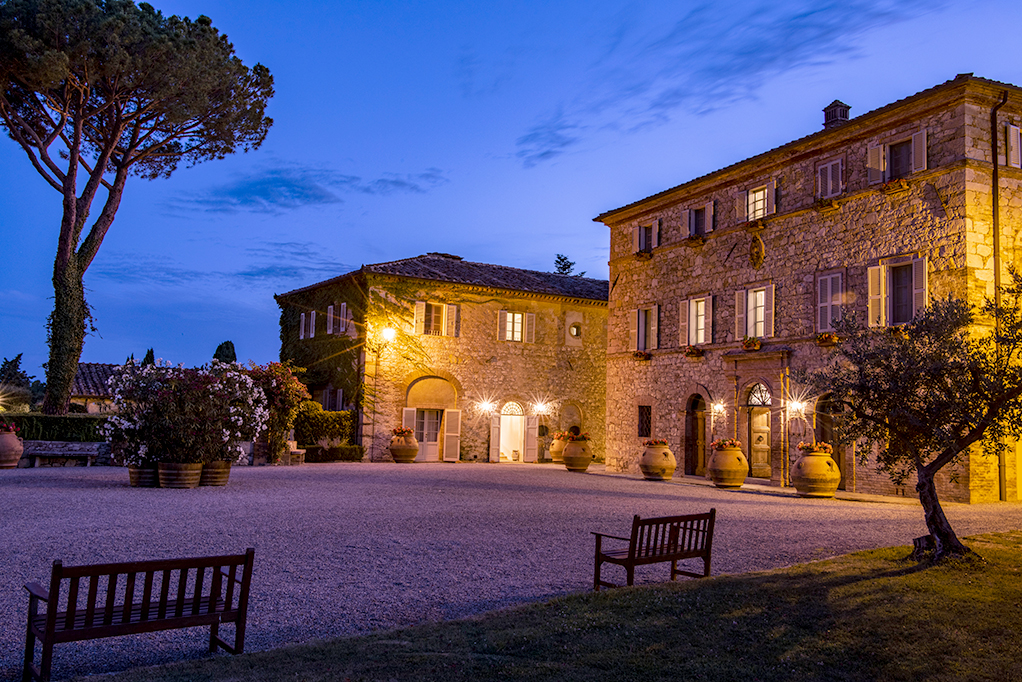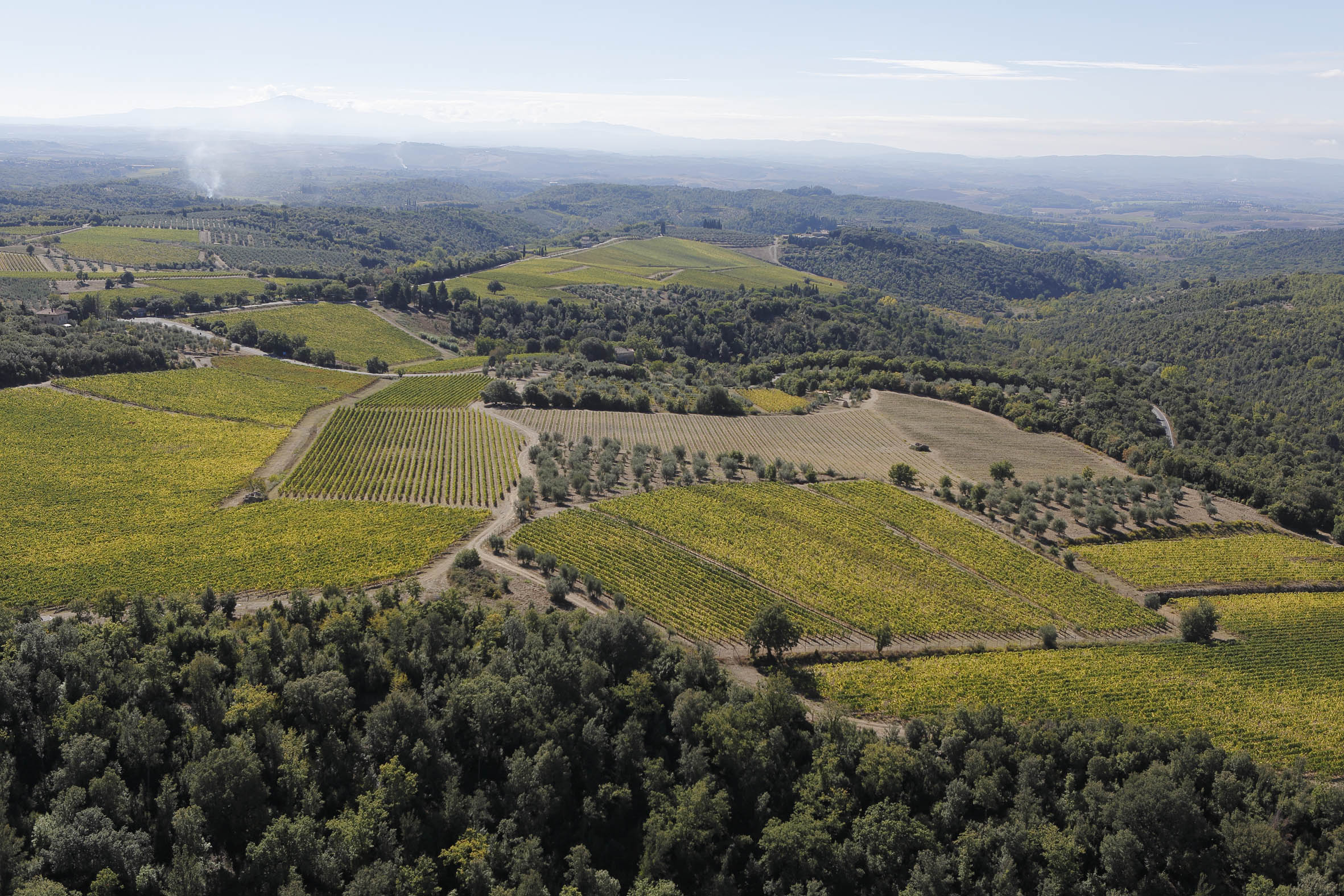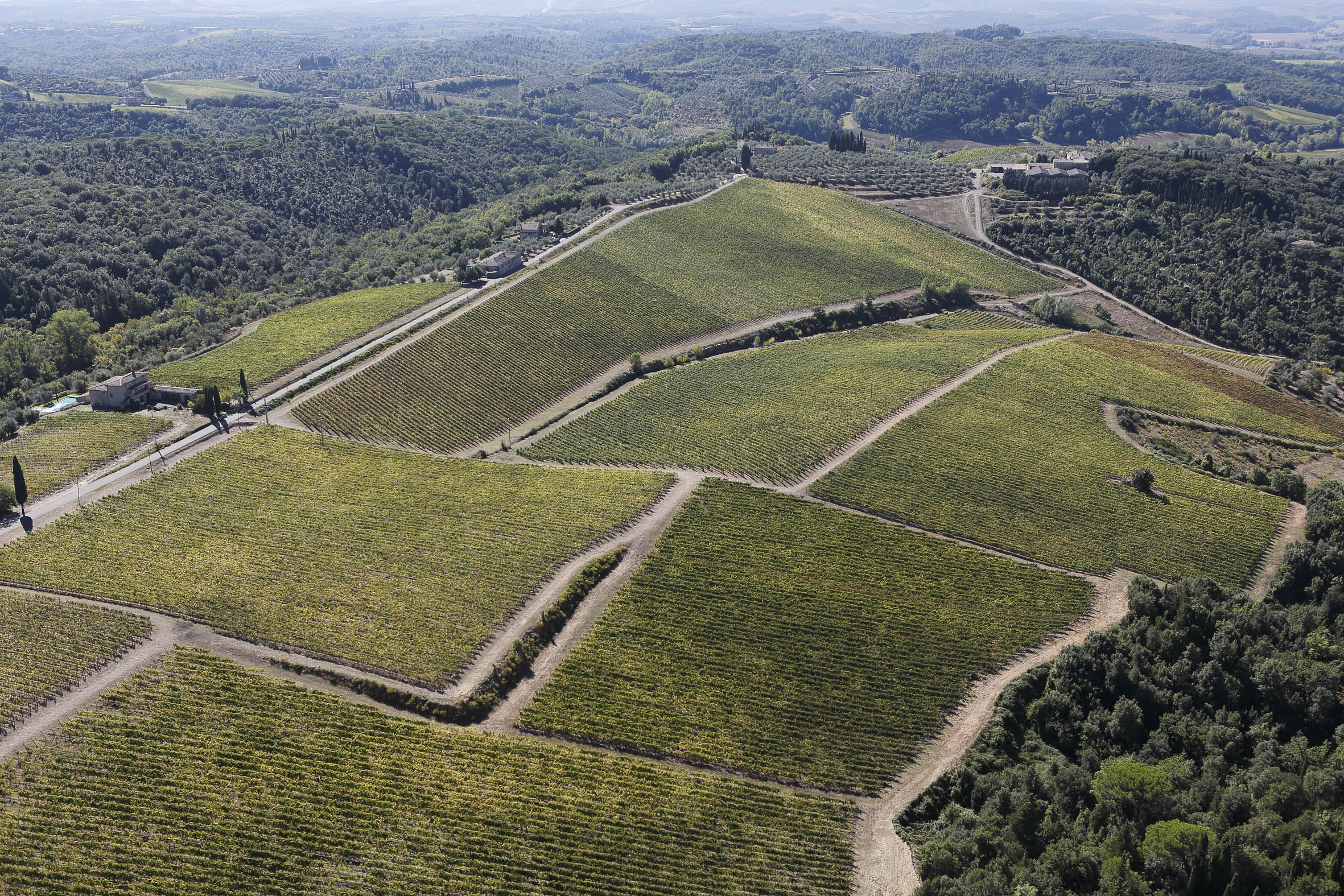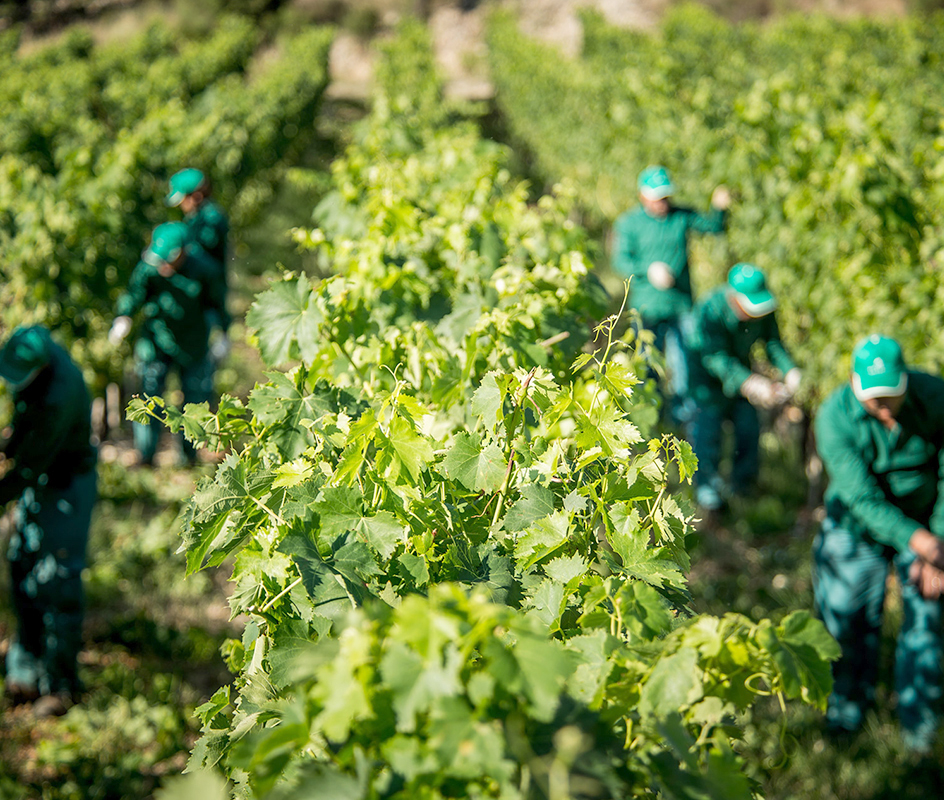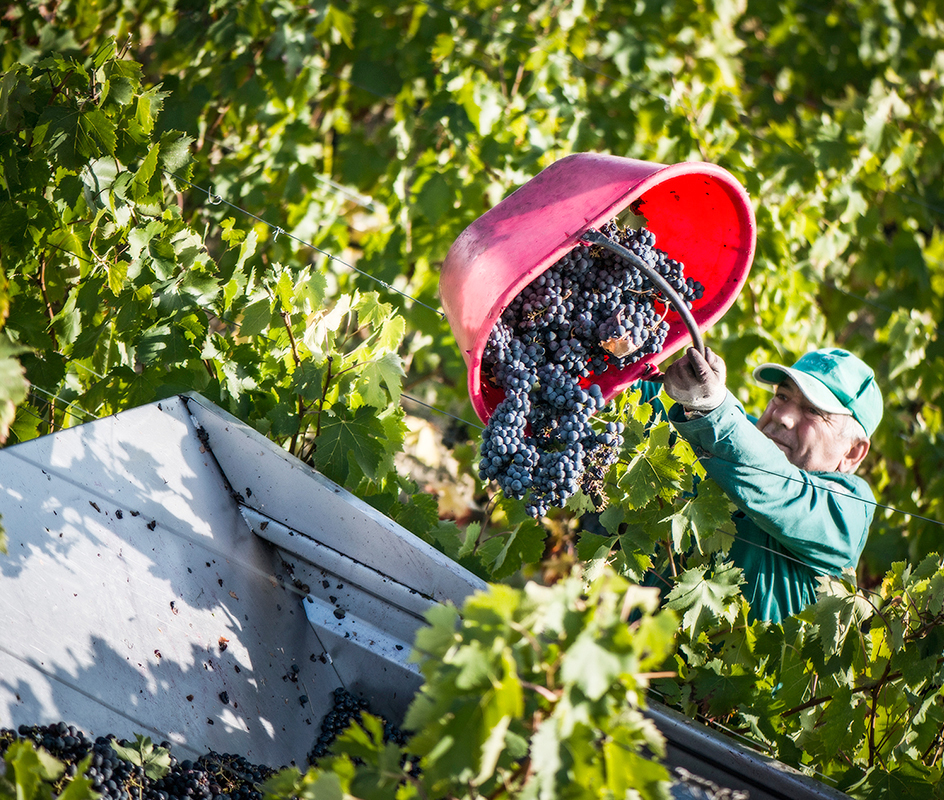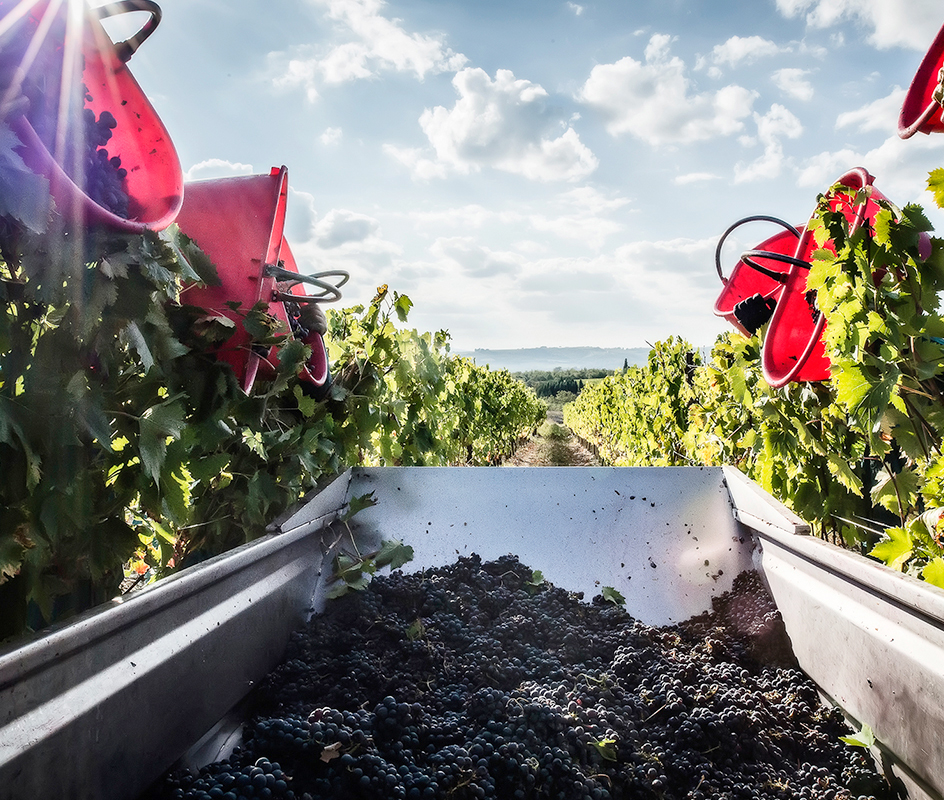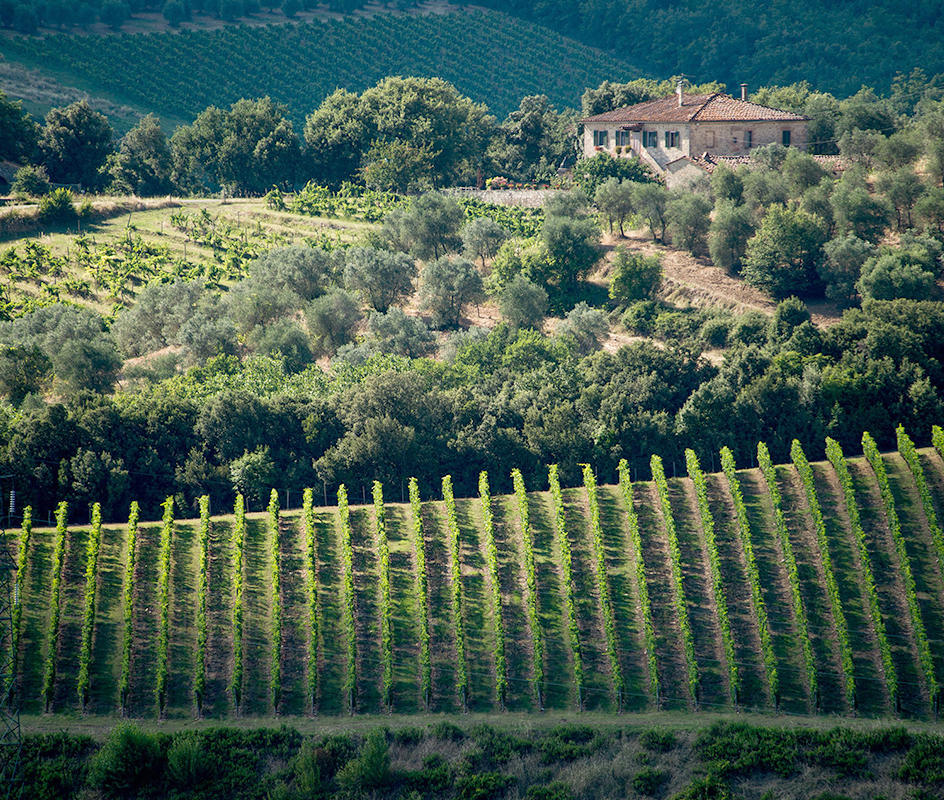Deep ruby with garnet hues color; sour black cherry, blueberry, balsamic, oak, tobacco, tar, earth, herbs, violets on the nose and palate.
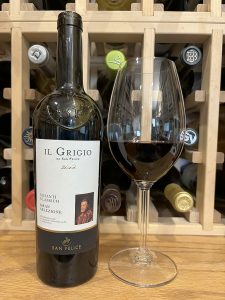
Dry; grippy, ripe tannins that significantly smooth out with air; good acidity (6.1 g/l, which roughly falls in the 3.6 pH range). Medium-plus body. Blend of 80% sangiovese, 20% native grapes (abrusco, pugnitello, malvasia nera, ciliegiolo, mazzese). Grape varieties fermented separately in stainless steel, followed by 22 days of temperature-controlled maceration. After malolactic fermentation/conversion, aged two years in 50% large large Slavonian oak casks and 50% in smaller French oak barriques. Bottle aged a minimum of three months before release; my tasting is from five years of bottle age. 13.5% ABV
San Felice includes three famous Tuscany estates. Production reaches more than one million bottles—more than one million of Chianti, 80,000 of Brunello, 40,000 of Rosso de Montalcino, and 55,000 if Bolgheri. There are 16 labels, including this one. All San Felice wines are made using estate-owned grapes. the San Felice territory is just south of Florence, while the other two are south of Siena.
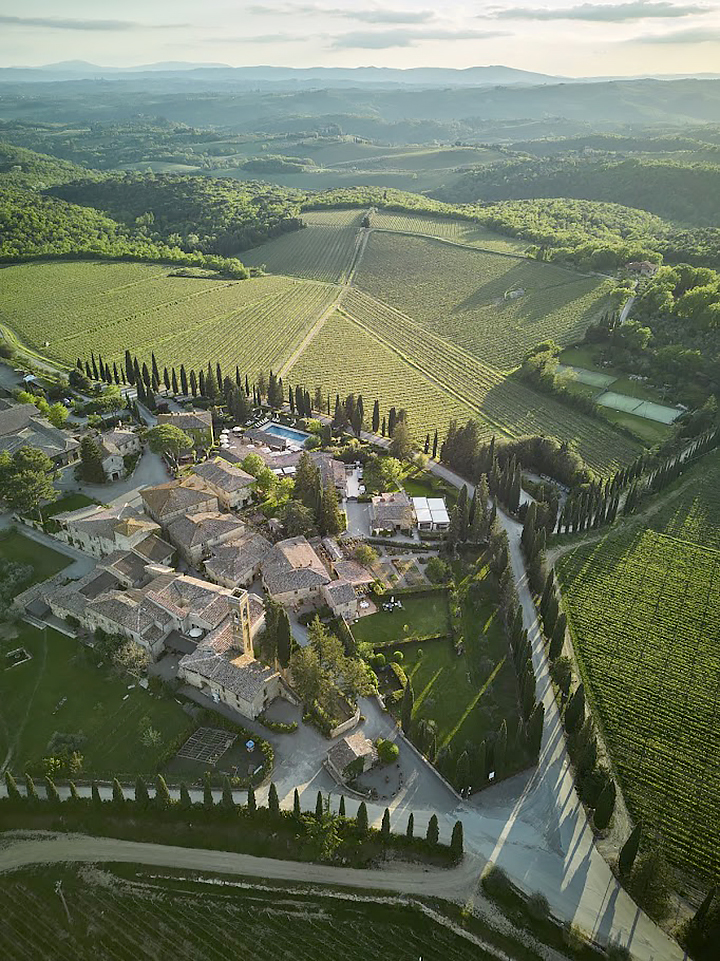
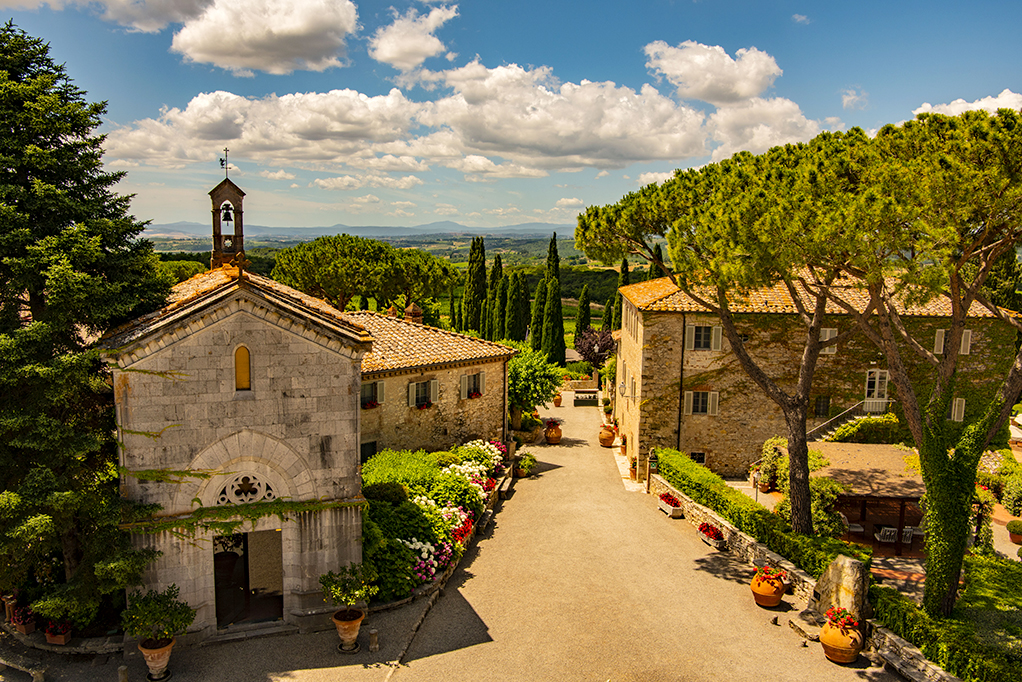
The San Felice winery is located in the heart of Tuscany and has a history dating back centuries. The estate is named for an early Christian saint and originally was owned by the Grisaldi del Taja family. That family was important in the formation of the Chianti Classico consortium, a key group in the history of Italian wine.
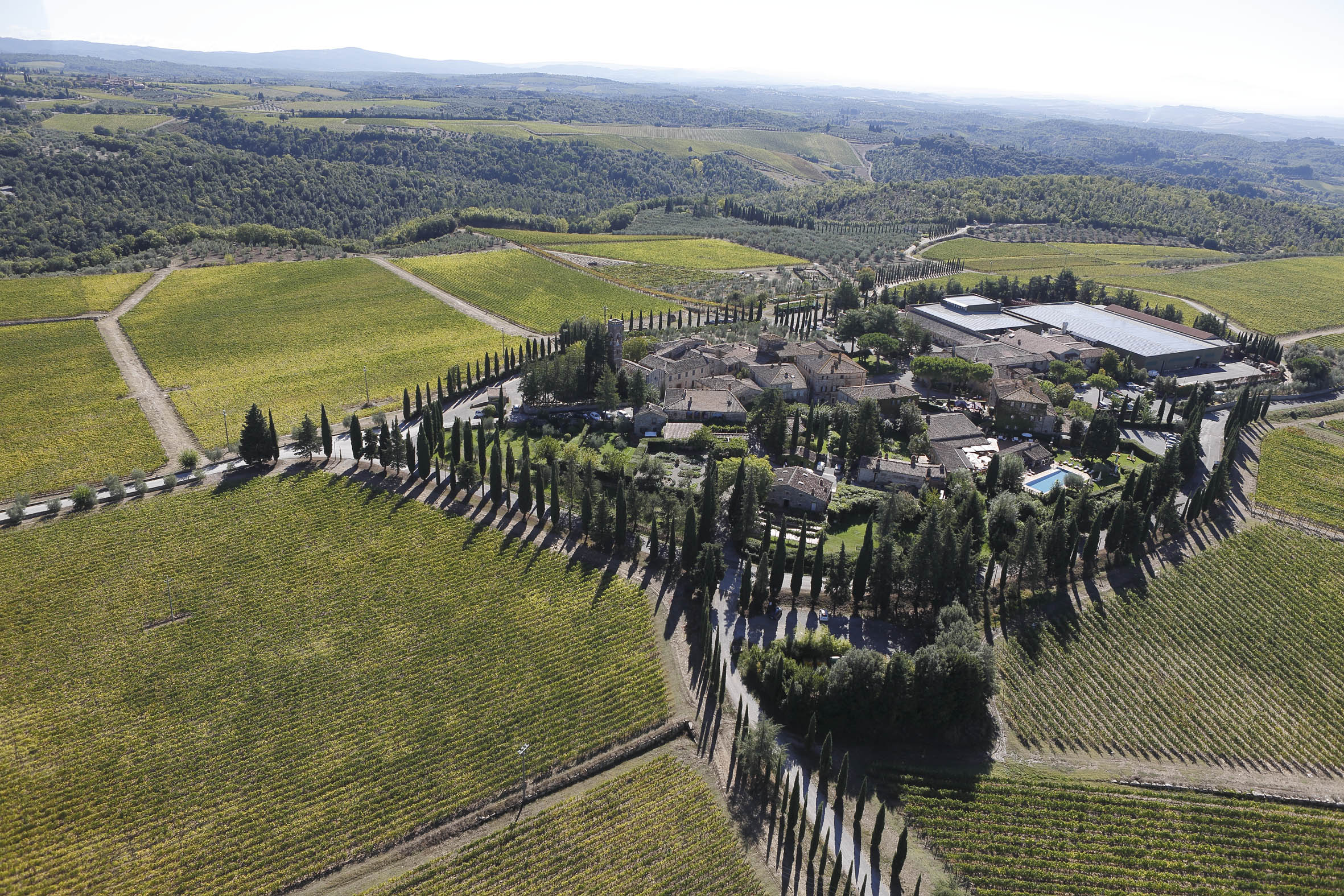
Enzo Morganti, a visionary winemaker who spent two decades researching sangiovese clones, purchased the estate in 1968. Morganti focused on high-quality winemaking and re-structuring the estate. In addition to refining sangiovese, he also help resurrect pugnitello, a forgotten grape, that became an iconic element in the estates wines, including this one.
San Felice is a leader in sustainable viticulture, moving toward regenerative and organic agriculture. The winery is self-sufficient in energy with solar panels and has reduced the weight of its bottles to minimize carbon emissions. Today, the estate includes a 1,853-acre resort that includes 445 acres of vineyards and a 44-acre parcel dedicated to experimental viticulture. It is a key winery in the Chianti Classico region.
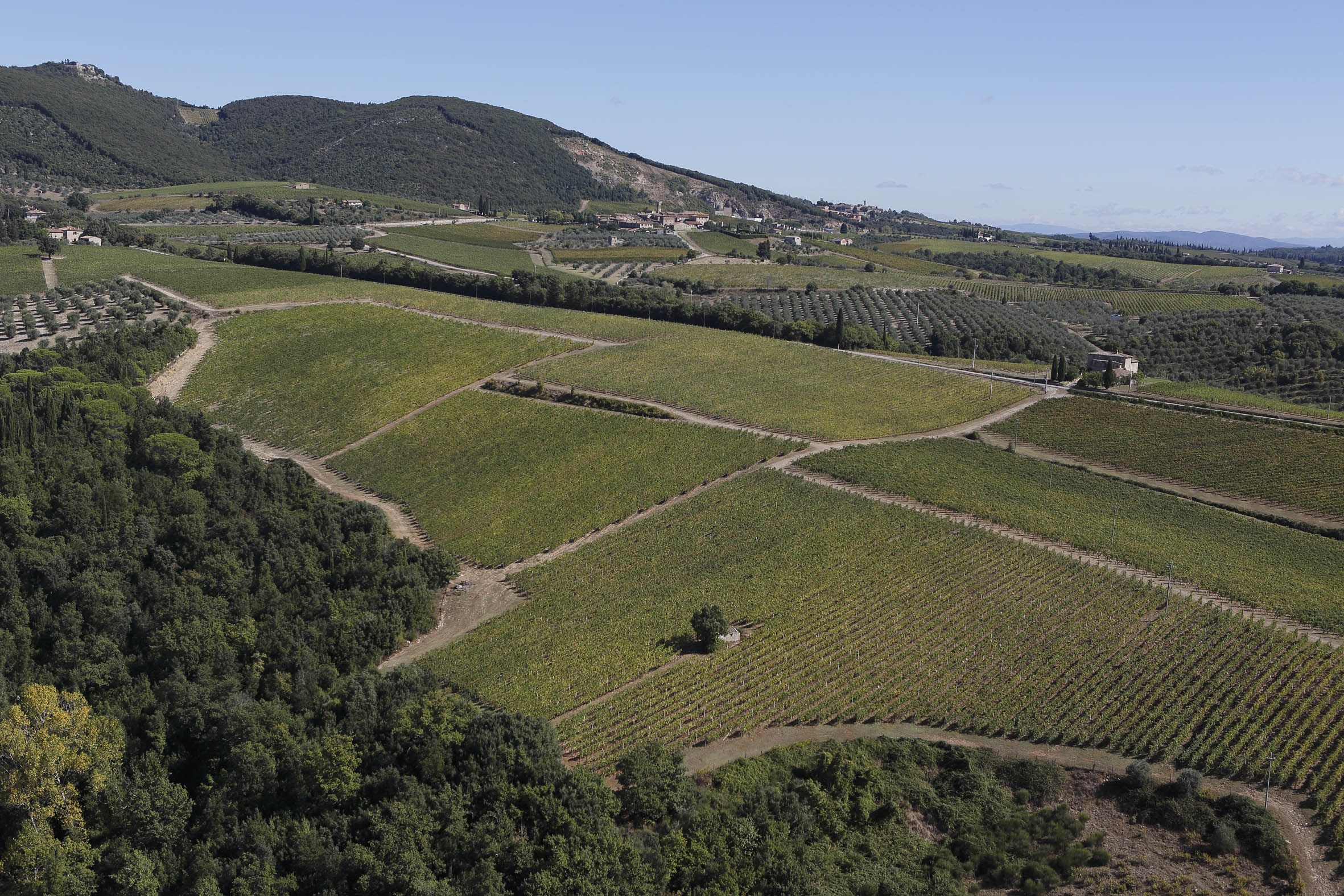
The Chianti region is noted for rolling green hills and picturesque Roman ruins. Classico wines refer to a specific growing area heralded by a distinctive black rooster on the neck of the bottle. BTW, Hannibal Lector was correct, Chianti and fava beans are a good pairing. Pass on the meat if you are his dinner guest.
San Felice Il Grigio da San Felice Chianti Classico Gran Selezione DOCG 2019 is elegant and complex, a serious red wine from an esteemed maker in the Chianti Classico region south of Florence. Impressive rather than delicious. Rich, assertive red fruits will thrill Chianti lovers, but powerful red wines are not for everyone’s palate. Superb juxtaposed with hearty meat and tomato dishes. Pair with pork; roast lamb with rosemary and garlic; ribeye and T-bone steaks; wild game—venison, wild boar, pheasant; pasta with tomato sauce and meat—lasagne, spaghetti bolognese; tomato and cheese pizza; barbecue beef, pork, chicken; ribollita soup; veal; sausage and beans; cured meats. Cheese—aged parmigiano-reggiano, pecorino, grana padano, sharp cheddar, aged asiago, fontina. $35-47
